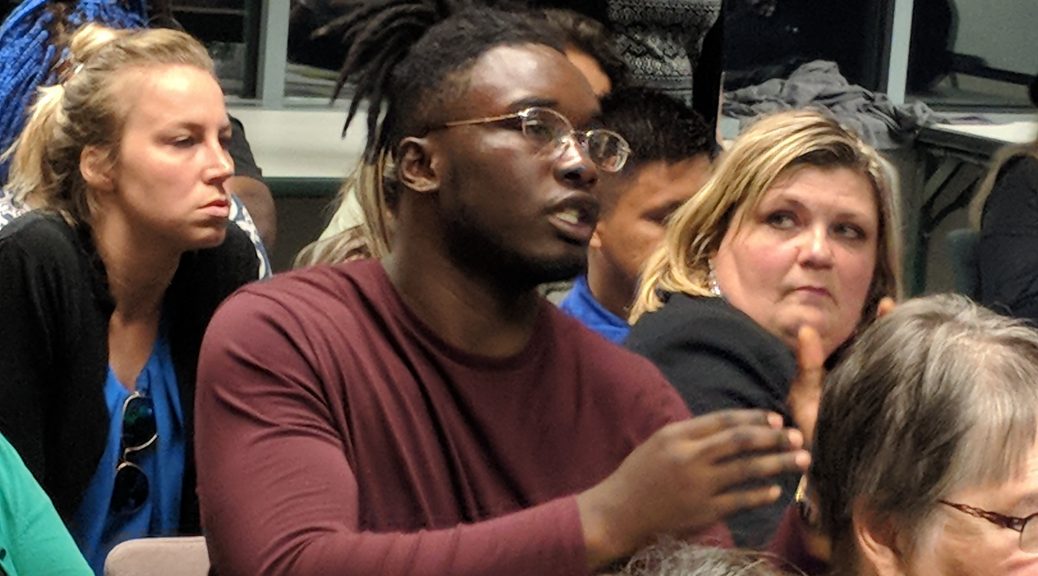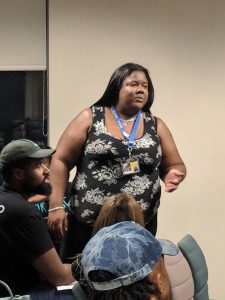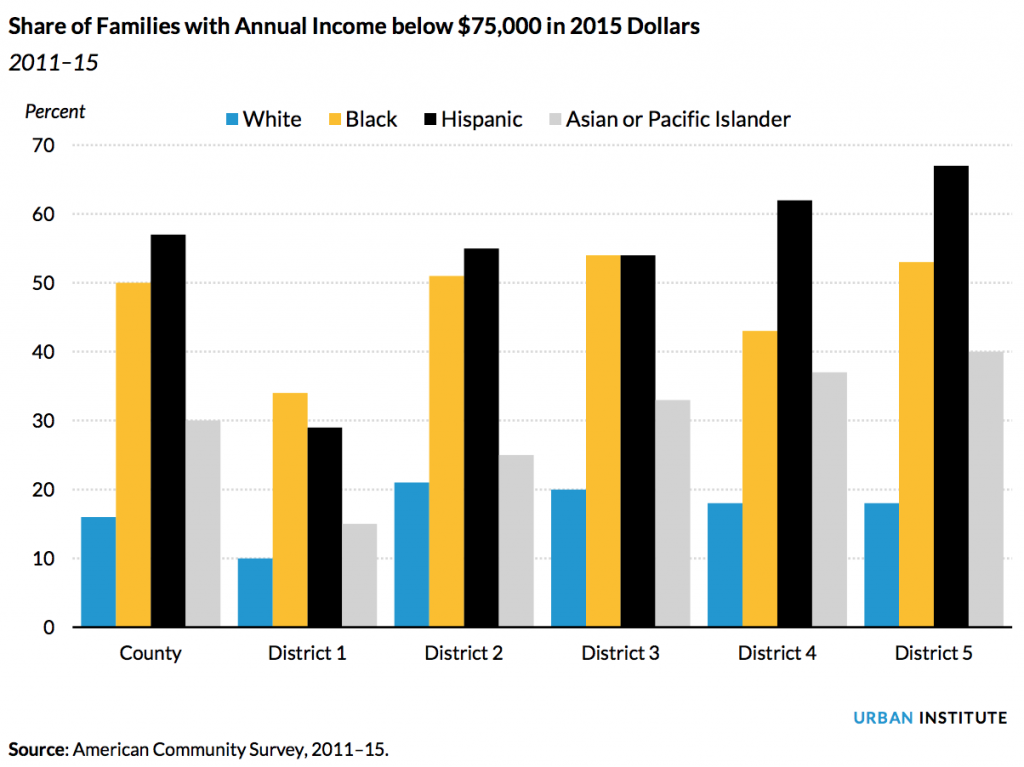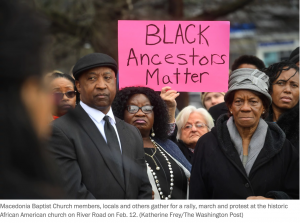In support of the Montgomery County “COVID-19 Renter Relief Act”
I contacted the Montgomery County Council in support of pending legislation that would impose temporary residential rent stabilization. The legislation, Expedited Bill 18-20, is sensible, reasonable, and fair, as I wrote in my message. If you’d like to learn more, check out the April 14, 2020 council agenda item and also a short video in which lead sponsor Councilmember Will Jawando explains why he introduced the bill.
Here’s my message to the council. Please consider conveying your own support for the bill to the council.
Allow me to express my support for Expedited Bill 18-20, the “COVID-19 Renter Relief Act.”
I support the aim of protecting vulnerable county residents. The COVID-19 crisis has made their situations markedly more challenging. Montgomery County must take whatever sensible, reasonable, and fair steps it can to to protect these individuals and families. Expedited Bill 18-20 would put in place one such step, by creating temporary residential rent stabilization with a defined sunset date.
The bill’s financial impact on landlords would be modest, however the bill could make a huge difference to residents living on the edge, who have lost employment and who maybe now have to educate their kids at home and deal with the pandemic’s health impact. The bill will also benefit the county as a whole, by helping residents who then won’t have to seek support from the county because of an unstable housing situation.
I’ll further observe that the City of Takoma Park has had residential rent stabilization for many years. Our rental housing stock is in good shape; it’s outside the city that the most glaring landlord neglect in recent years has occurred. Rent stabilization — noting that the proposed county rule is temporary — will not lead to degraded housing conditions.
My thanks to Councilmember Jawando for introducing the bill and to Council President Katz and Councilmembers Rice and Navarro for co-sponsoring. I hope the other councilmembers will sign on as co-sponsors and that the council as a whole will enact the legislation.




